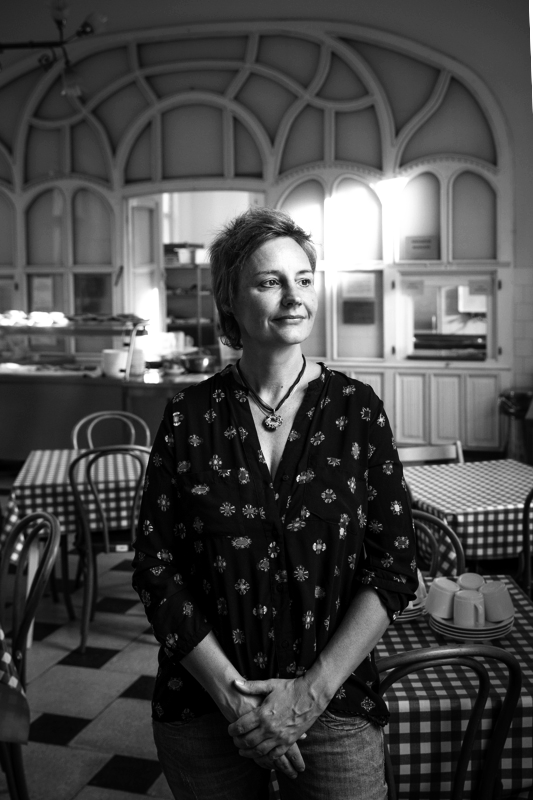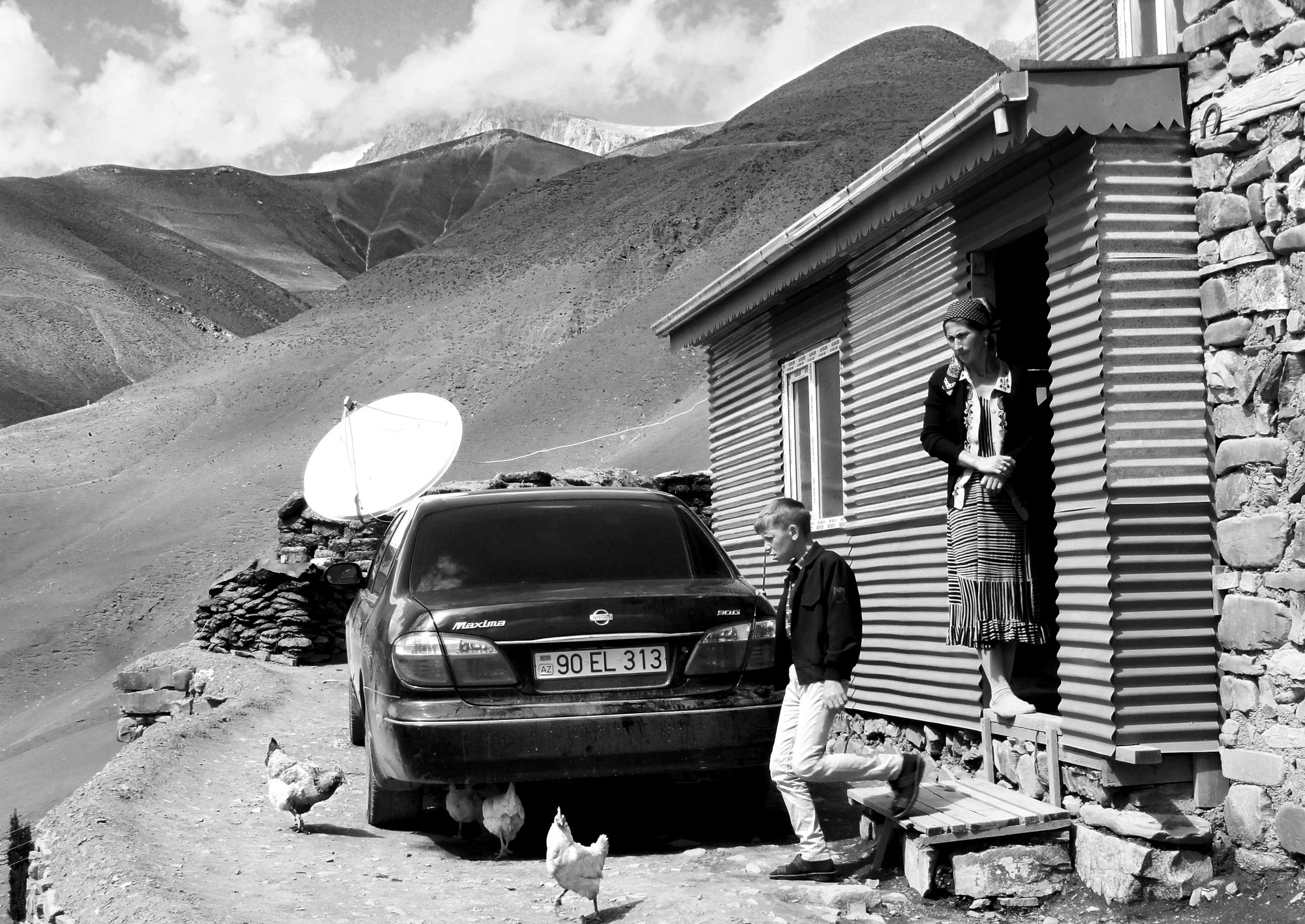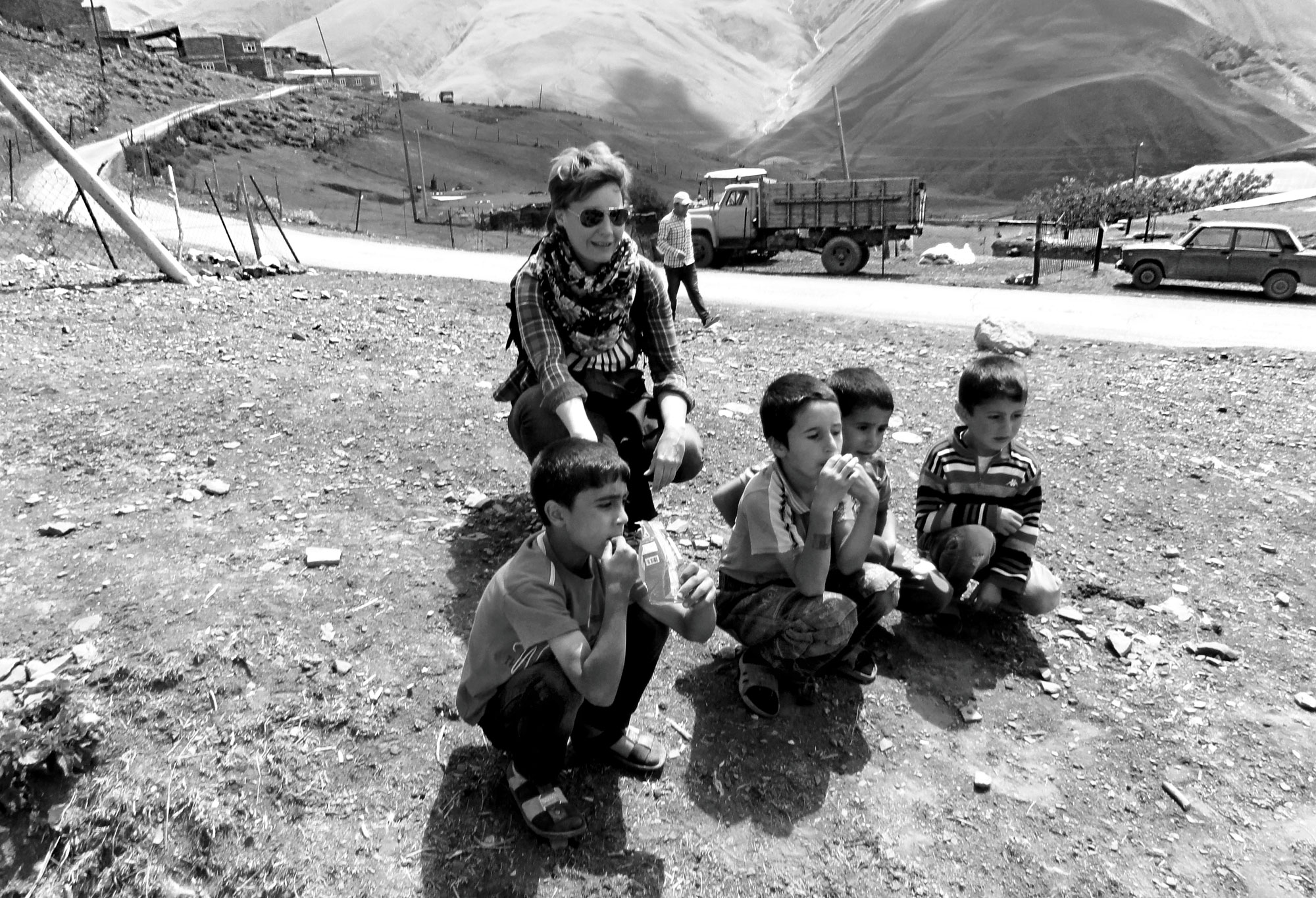
BY NOÉMI KISS
The world as home of global phenomena is not solely a revelation of this lengthy pandemic, already lasting over a year and taxing us to our limits of endurance. And it is hardly news to us that we are permanently available for others and that the world is an entity made up of networks and nodes in which we can be within reach even of people we never actually meet in reality. As early as the late seventies and early eighties, works such as “The Post-Modern Condition: A Report on Knowledge” by French philosopher Jean-François Lyotard and “Social Systems” by German sociologist Niklas Luhmann were already portraying society as boundless and interconnected, focusing on the enormous significance of information networks in the world as their core idea.
In those days the Cold War was still raging and Europe was rent by the Iron Curtain. A geographical border clove apart the worlds of the east and the west. But that was long ago. Today we already bel ieve that such geographical circumstances no longer play a determining role for global networks.
“The idea of One World“ is like the web of an invisible spider, pliable and indestructible, penetrating ever deeper into our daily lives and changing the way we think. In “One World,” borders would be practically eliminated. An apt example is the Berlin-based initiative “A Soul for Europe,” a self-described network of culture professionals seeking to establish dialogue between countries and people, cities, artists, and politicians. Their all-embracing message is “Culture Is an Interdependent World.” My particular interest is the precise moment at which visible and palpable geographical borders lose all signif icance; the power and magic, one could say, the positive energy of the moment when the network causes borders to dissolve.
To pick up the “One World” metaphor, allow me to recount a personal exper ience, an episode from my upbringing which changed my thinking. I f irst visited the Western Europe at the end of the 1980s, traveling from Hungary to Graz with my grandparents to visit my uncle. We crossed the border at Kőszeg, where we had to fill out a stack of forms and stand in a line; the checks were time-consuming and the whole procedure was humiliating. In those days it was still standard practice for travelers to be disinfected at the border to Romania. By that time I had already travelled to Bulgaria, Yugoslavia, the German Democratic Republic and Czechoslovakia— but this journey to Austria, passing through the Iron Curtain with its watchtowers and armed soldiers, would remain one of my most vivid childhood memories.

Even remote parts of the Caucasus, which Kiss has often visited, are benefiting from global networks.
Noémi Kiss, born 1974 in
Gödöll/Hungary, is a Hungarian
writer, critic, and essayist.
Her works, which include the
novel “Trans“ (2006) and a
2015 collection of travel essays
entitled “Rongyos ékszerdoboz“
[The Tattered Jewel Box. Travels
in Eastern Europe], have
been translated into several
languages. Her most recent
publication is “Balaton,“ a
collection
of novellas.
Kiss lives in Budapest and
Vienna and is a member of the
“A Soul for Europe” initiative.
Even remote parts of the Caucasus, which Kiss has often visited, are benefiting from global networks.
The journey was an interesting experience, not because my teenage eyes could spot that the grass really was greener on the other side, nor because I could clearly see the dif ferences in daily life between East and West. Despite the disparities, I naturally understood most of what I saw straight away without any need for special explanations. A network of interrelations was in place, capable of intermeshing the two worlds. In a nutshell, these were worlds that understood each other and spoke the same language.
No, what lodged in my memory was something quite different. Something I had never previously encountered at home in Budapest, and that had never even cropped up in the stories I had heard. The border was associated not so much with the fence and the watchtowers, the smell of disinfectant, or the presence of the soldiers— but with the array of taboos we felt in Hungary, chief among them the taboo that social differences between East and West existed at all.
In Graz, my uncle asked me one morning whether I wanted to go to Vienna for the day. I jumped at the chance. It was a long journey, and we had to make several stops to get sandwiches and refuel. On one of those stops we witnessed a strange incident. A small house stood close to the road leading to the parking lot, the scene of audible laughter and screams. I could see a group of people high on drugs or drunk, in broad daylight. Cars came and went. I clearly remember a strikingly dressed woman walking back and forth around the parking lot, smoking, and peering through the car windows. Her face was haggard, her hair bleached blond, her lipstick smeared around her mouth; her mascara had run, as if she had been crying. As we were about to leave I saw her fall over onto the curb. I told my uncle, thinking we would go over and help her. He switched off the engine, but stayed in the car. A good few minutes went by before someone came out of the house to pick her up. “Oh dear, those alley cats,” said my uncle quietly.
»The greatest taboo was that social differences between East and West existed at all.«
I had rarely seen homeless people on the streets in Budapest, and the prostitutes never approached men on the street obviously enough for a child to notice them. Given this, the incident at the rest stop was one of the strongest impressions I retained from the journey. The very physical sight of social disparities. The fringes of society, the left-behind—and, in a metaphorical sense, the taboos—were right there, confronting us on the street in a way that would have been inconceivable in a major city in the socialist world.
A key conclusion of Jean-François Lyotard and Niklas Luhman is that social systems form networks and continuously expand their knowledge by interacting. This knowledge acquisition is assisted by taboos and social rules. As a general rule, the larger and more closely-knit the network is, the greater the dialogue or exchange that occurs, and the richer the cultural benefit. The global world thus empowers us to move beyond our existence in small communities and expand our horizons. In the ideal state of “One World,” everything is open and unconcealed. In my view, the primary function of this “One World” is to cultivate joy in an openness that addresses both problems and actions of solidarity alike.
Where knowledge acquisition and dialogue form the core of social networks, elimination of differences and leveling of asymmetrical circumstances are the logical consequence. The aim is not to make everything the same and erase all individual cultural characteristics. Diversity is intrinsic to the “One World” idea. But it means that the wealth of one part of the network must not be left as the privilege of that part alone. “One World” must supply answers that open up perspectives for the people on its fringes. The network of our world is made up of nodes where knowledge, prosperity, and progress congregate, and that’s just fine. But the distance between one node and the next must not be taken as a benchmark of backwardness or neglect.
My travels in the Eighties and my later life—I have lived in many cities and many different worlds since then, from Silicon Valley to the Caucasus—have shown me that fighting to live in a better, healthier, and more sustainable world is a worthwhile pursuit. The idea of “One World” is always a solution: a social network that sweeps away geographical distance, tackles poverty, and promotes a life of greater awareness—all the while respecting cultural characteristics.

The author with children in the Caucasus, whose own “One World” experiences still lie ahead.